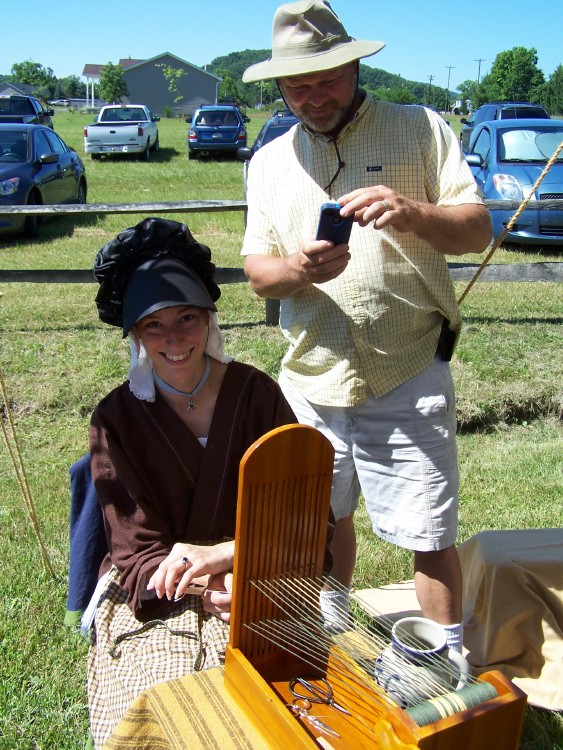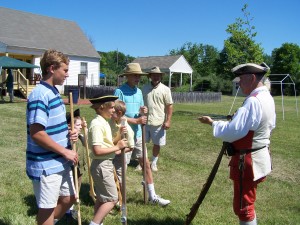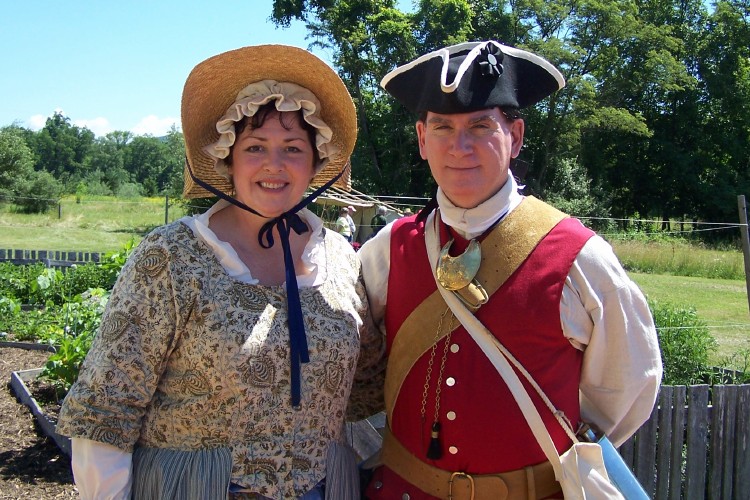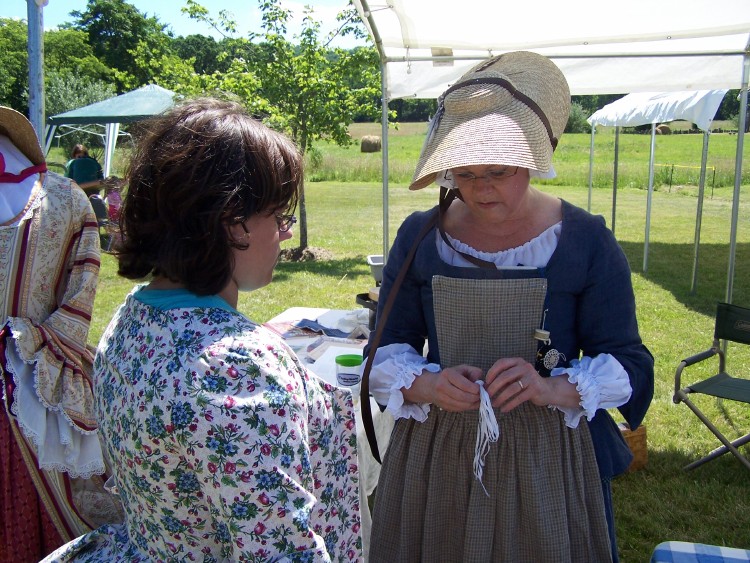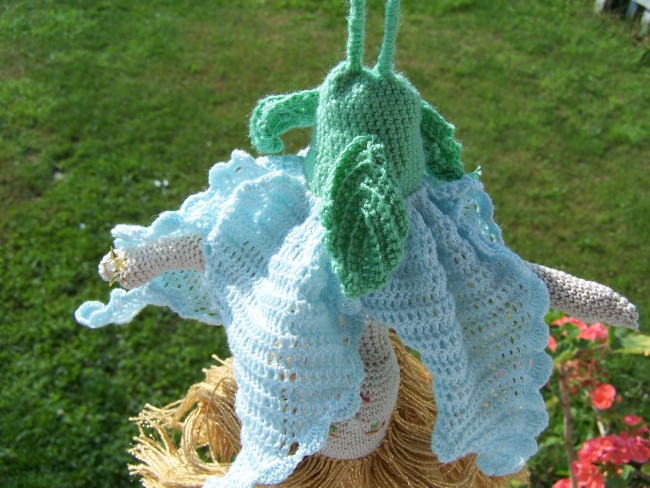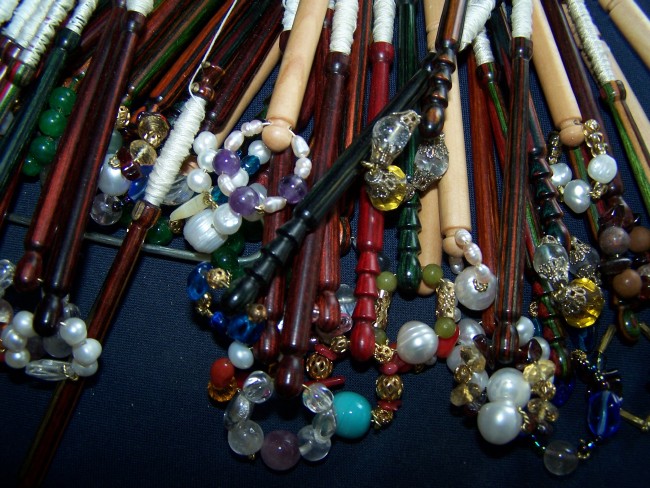We have a free knitted shawl pattern, courtesy of my friend Kate!
Kate created this shawl from the Meduseld Romney yarn that we dyed together for the dyeing wool with food coloring article a few weeks ago. In these pictures, you’ll recognize the green and teal yarn that she dyed and subsequently swatched.
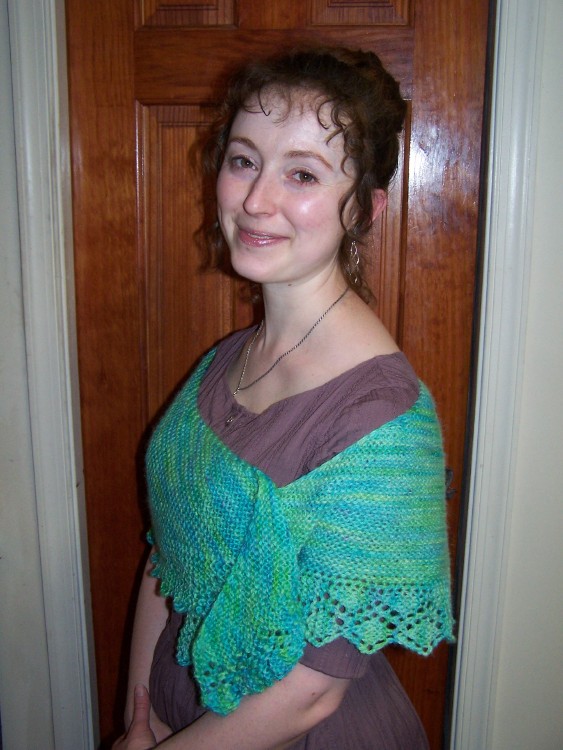
Kate’s Boomerang Shawl
Here is a close-up of the border:
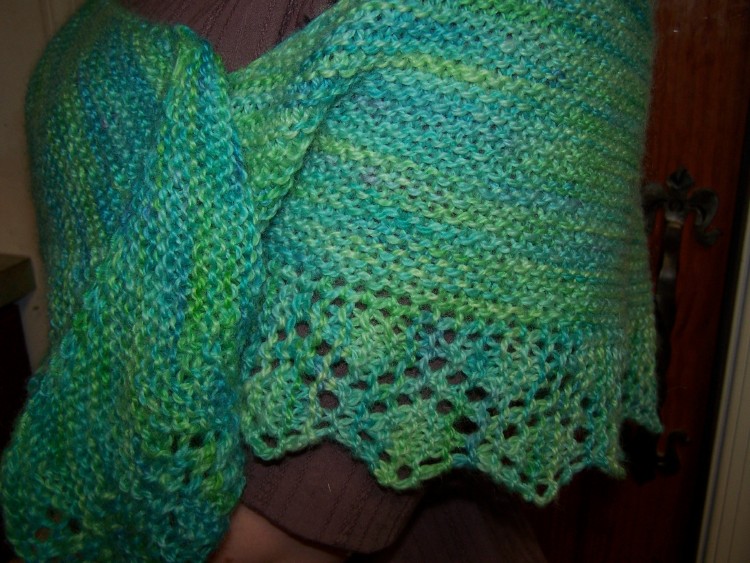
Close-up of Border
And this picture shows its boomerang shape and the subtle pattern in the dyed yarn as it moves across the shawl.

Kate’s Boomerang Shawl
Here is Kate with the pattern:
Easy Boomerang shawl
This is an easy garter stitch shawl, knit sideways from one point to the long edge opposite. It can be very simple with no border, or fancy with a sideways knitted lace edge of your choice. If you continue the edging around the other side, you will only have to bind off a few stitches at the end. I’ve done two different versions, one with the Doris edging, the other with the Wave Lace edging, which I modified slightly to come to a point at the end. Both are from Heirloom Knitting by Shannon Miller.
Cast on three stitches (I used the long tail cast on), plus the number needed for the border. (For the Doris edging I cast on nine more stitches; for the Wave edging, eight.)
Knit across.
First row: k2, m1, k1, pm. Knit the first row of your chosen edging.
Second row: Knit the second row of the edging. Sm, k2tog, m1, k2.
Third row: k2, m1, k to marker. Sm, knit next edging row.
Fourth row: knit next edging row. Sm, k2tog, k to last two stitches, m1, k2.
Repeat the third and fourth row until your shawl is the size you like, or until you are running out of yarn. You can just keep going until you have just enough to bind off, or leave enough to continue the border around the other side.
I ended the shawl when I came to an inward point in the edging. I then knit one more row on the edging from the edge to the body of the shawl, and turned, knitting back down to the edge. I then continued the edging, knitting the last stitch of the edging together with the next stitch of the body, to finish off all the live stitches on the body. I then had to bind off only nine stitches at the end.
Kate

